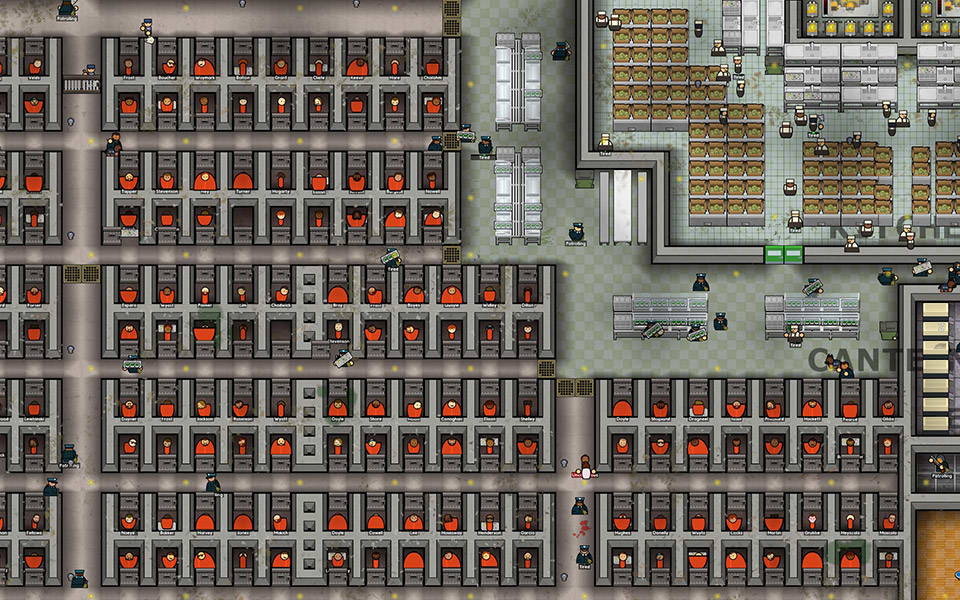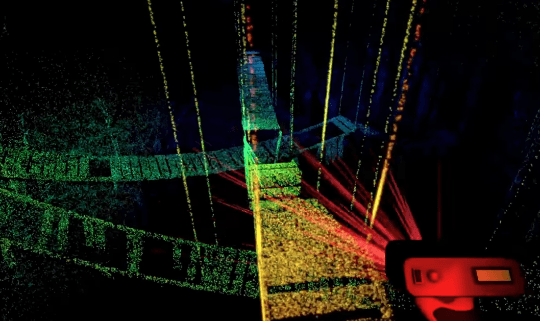

There is no excessive pathos in this study, however, which is one of sober simplicity.

The authority that emanates from the figure is particularly perceptible in the eyes, which are overshadowed by prominent eyebrows. Signs of age are apparent in the soft modeling of the face, whose expression is one of great determination. The bust depicts a middle-aged man with his head turned to the left and his short hair combed forward. Of the various possibilities, the large bronze erected in the Roman Pantheon (circa 25 BC) seems the most likely. Ancient texts inform us that several statues were erected in honor of Agrippa, and may have been the inspiration for this portrait. The work - a sculpture of great quality - is a Roman copy of a lost original. 8, 2021.This stern face is a clearly a portrait of Agrippa, general and son-in-law of the emperor Augustus. This report by The Canadian Press was first published Nov. There are more than 2,500 Indigenous people currently serving in the Canadian Armed Forces, representing around 2.7 per cent of all military personnel. Singh described the treatment of those Indigenous veterans as an injustice, as he paid homage to those currently serving in uniform.

NDP Leader Jagmeet Singh led his caucus in honouring the sacrifices of Indigenous veterans at the National Aboriginal Veterans Monument in downtown Ottawa, where they laid a wreath and roses during a short but sombre ceremony. 8 since it was inaugurated by Winnipeg’s city council in 1994.Ĭonservative Leader Erin O'Toole marked the occasion by narrating a video about Tommy Prince, who became one of Canada's most decorated Indigenous soldiers while fighting in the Second World War and Korea.ĭespite that record, Prince like many others was denied veterans' support and eventually became homeless before dying in 1977. While not formally recognized by the federal government, Indigenous Veterans Day has been growing in size and scope each year on Nov.

Many of those who returned to Canada ended up falling through the cracks after they were denied the same benefits provided to non-Indigenous veterans, while others found out they had lost their Indian status by putting on a uniform.


 0 kommentar(er)
0 kommentar(er)
